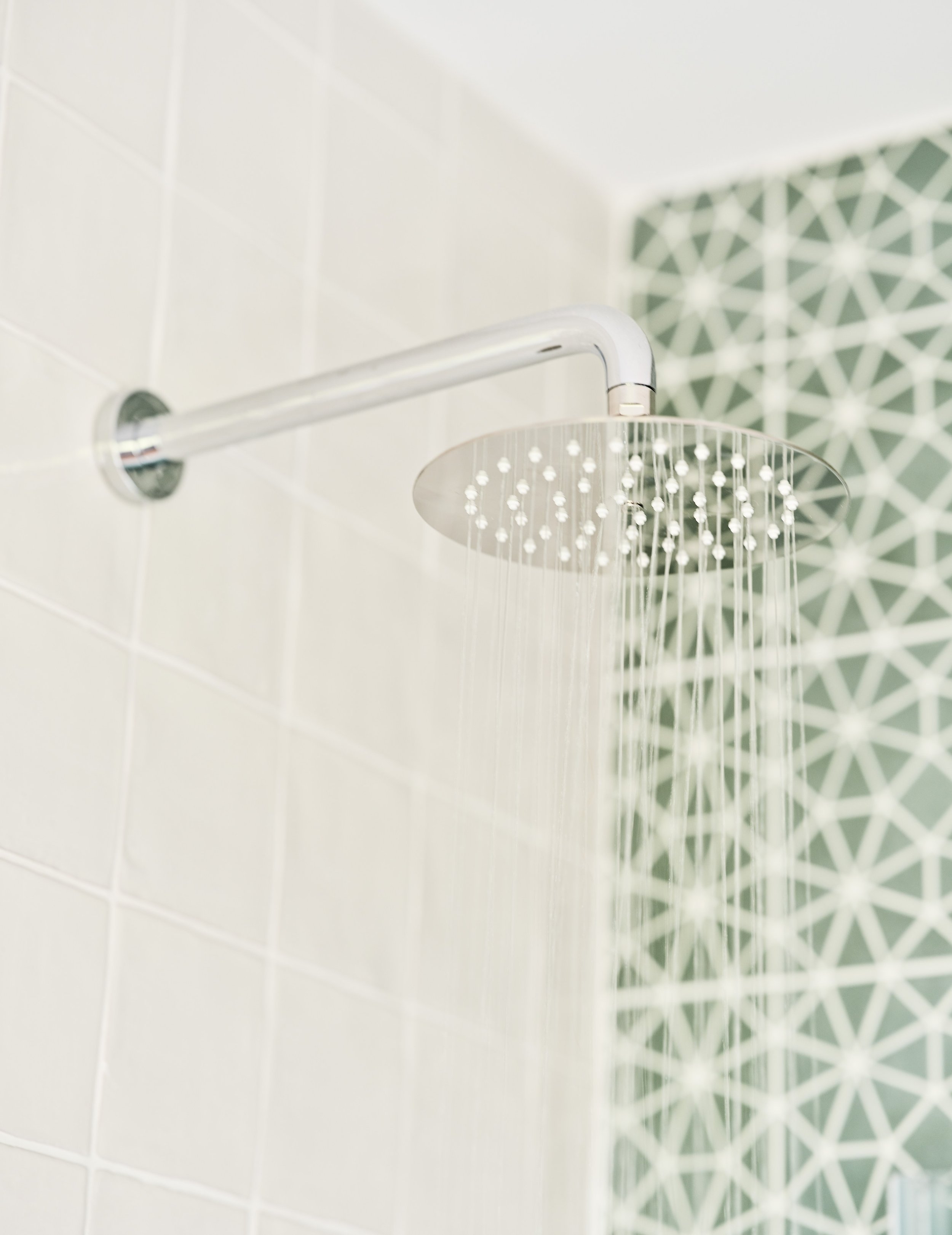Designer advice: 6 key considerations for water pressure in your bathroom
When it comes to bathroom design, one often overlooked yet crucial factor is water pressure. Ensuring the right water pressure is not just a matter of convenience; it can impact the overall functionality, efficiency and enjoyment of your bathroom. Here, Senior Designer Alfie Guard from Ripples Beaconsfield delves into why water pressure matters and what key considerations you should keep in mind during the design process.
Why water pressure matters
User experience
Water pressure significantly influences the user experience in your bathroom. Whether it's a refreshing shower or a quick hand wash, adequate water pressure ensures that these activities are comfortable and effective. Low water pressure can turn a potentially invigorating shower into a frustrating experience, while excessively high pressure can be wasteful and damaging.
Fixture performance
Modern bathroom fixtures are designed to work optimally within certain pressure ranges - showers, taps and WCs each have their own specifications. Ensuring the water pressure is within the recommended range for these fixtures is crucial for their performance and longevity.
Water conservation
High pressure can lead to excessive water usage, increasing utility bills and wasting a valuable resource. Conversely, low pressure can lead to longer usage times to achieve the desired effect which can also lead to unnecessary water waste.
Plumbing health
Maintaining the right water pressure is essential for the health of your plumbing system. Excessive pressure can strain pipes, joints, and fixtures, leading to leaks and potential water damage. On the other hand, very low pressure might indicate underlying issues such as pipe blockages or leaks that need addressing.
Key considerations for water pressure in bathroom design
1. Assessing your water supply pressure regulators
Before starting a bathroom redesign project, ask your installer to assess your current water supply's pressure as this will help you understand which products will work best in your room and the type of experience you can expect from them.
2. Pressure regulators
Installing a pressure regulator can help maintain a steady pressure within your plumbing system; this is particularly important in areas where water pressure fluctuates. A regulator can prevent the pressure from exceeding safe levels, protecting your fixtures and pipes.
3. Fixture selection
Choose fixtures that are compatible with your water pressure. Manufacturers usually provide the optimal pressure range for their products e.g. some high-efficiency WCs and showerheads are designed to work well even at lower pressures, ensuring performance without compromising on water conservation.
4. Pipe sizing and layout
The size and layout of your plumbing pipes play a crucial role in maintaining water pressure. Properly sized pipes reduce the likelihood of pressure drops, especially when multiple fixtures are in use simultaneously. Consult with a plumbing professional to ensure your pipe sizing and layout will support your desired pressure levels.
5. Consider future needs
When designing your bathroom, consider potential future needs. For example, if you plan to install additional fixtures like a rain showerhead or a spa bath, ensure your water pressure and plumbing system can accommodate these upgrades without compromising performance.
6. Regular maintenance
Regular maintenance of your plumbing system is vital as over time, mineral deposits can build up, reducing water pressure. Periodic inspections and cleaning can help maintain optimal pressure levels and prolong the life of your plumbing fixtures. If you notice a sudden drop or increase in water pressure, it’s always best to address it promptly. Sudden changes can indicate underlying problems such as leaks, blockages, or issues with the municipal water supply and early intervention can prevent more significant issues down the line.
Water pressure is a fundamental aspect of bathroom design that impacts both functionality and user satisfaction. By understanding its importance and implementing the right considerations, you can ensure a comfortable and efficient bathroom experience. Whether you're renovating an existing bathroom or building a new one, paying attention to water pressure can make a significant difference in the overall success of your project.
For more bathroom advice from our team of specialist bathroom designers, download or request a copy of our free Style Guide.
Here, we ask Faye, Senior Designer at Ripples Bournemouth to give her advice on the key areas tech can be incorporated within bathroom design.






